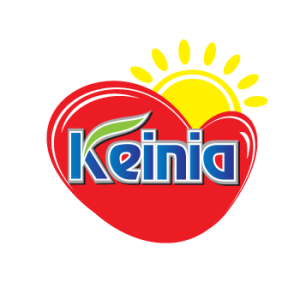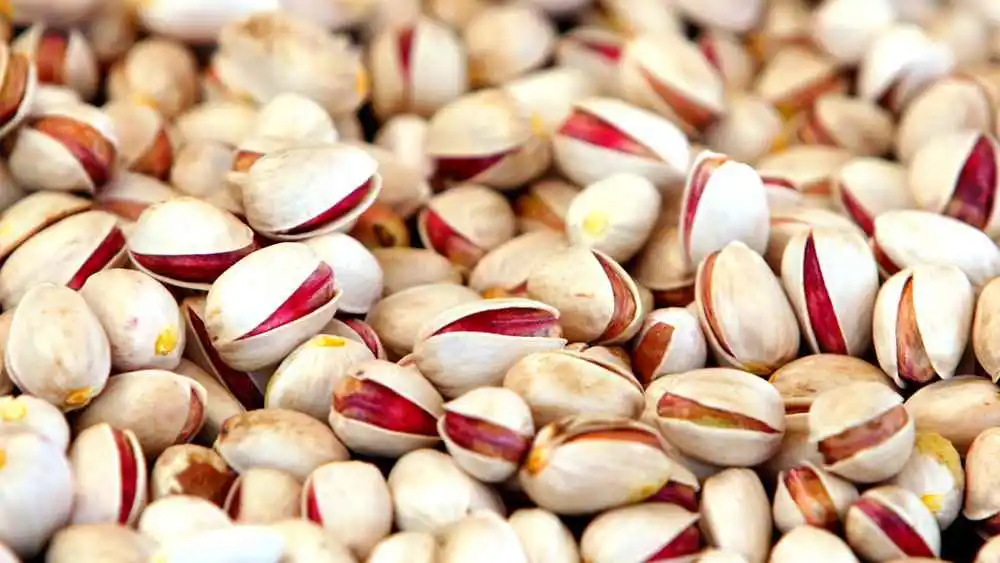Obstacles to Iranian Pistachio Exports
According to Kaynia News, citing the Iran Pistachio Association, from the beginning of Mehr month to the end of Azar month in 1401, out of the total available stock of 121,000 tons of pistachios, approximately 30,000 tons have been consumed. Out of this amount, 26,000 tons of dried pistachios have been exported, and it is estimated that 4,000 tons of pistachios have been sold within Iran.
Government Currency Restrictions Hinder Pistachio Exports
The volume of Iranian pistachio exports during the first three months of the crop year 1402-1401 is estimated to be about 21% of the beginning-of-year stock. In the same period the previous year, exports accounted for 37% of the beginning-of-year stock. This year’s three-month export share represents a 16% decrease compared to the previous year during the same period.
Currency and Pistachio Export Restrictions
Despite relative price adjustments in the market due to the increase in the exchange rate and improved demand from foreign buyers, pistachio supply from Iran remains limited. The significant disparity between the official exchange rate and the free market rate hinders serious export activities.
The remaining pistachio stock in Iran at the end of Azar 1401, after deducting estimated domestic consumption and export volumes, is estimated to be 91,000 tons.
The official exchange rate, which is usually lower than the free market rate, can only be obtained through the NIMA system and under specific conditions and regulations, solely by legal importers who go through designated Central Bank procedures. This currency is exclusively reserved for importers of essential consumer goods. The source of this currency in the NIMA system is the proceeds from exports, which are paid to exporters through authorized exchange offices at the NIMA rate. Therefore, this currency is not accessible to the general public, and it cannot be obtained for personal use. In contrast, the free market rate, which is available through brokers or other entities, is significantly higher than the official exchange rate and can be used for all personal expenses.
We’ve Lost 70% of nuts Exports and 80% of Markets
The production of various horticultural products in recent years has faced fluctuations. Farmers are dealing with water shortages on one hand and, on the other hand, increased production costs due to various pests, diseases, and the high cost of agricultural pesticides. Nevertheless, the situation for the production of dried fruits, including pistachios, raisins, dates, almonds, and other horticultural products, remains relatively favorable. However, in terms of export markets, exporters in this sector are facing challenges this year, causing a significant decline in exports compared to previous years.
The president of the National Association of Dried Fruit Exporters mentions a six-month halt in the export of these products and states that due to the disagreement with the Central Bank, dried fruit exports have nearly come to a standstill over the past six months. However, he remains hopeful that with the new head of the Central Bank, Farzin, exporters in this sector can resolve this disagreement and resume exports.
Regarding the details of the disagreement between this sector and the Central Bank, the president of the National Association of Dried Fruit Exporters says: As you know, in this field, exporters purchase agricultural products from farmers based on the free-market exchange rate and then export the purchased goods. After 4-5 months when the money is received, the Central Bank requires us to exchange it at the NIMA rate, even though currently the difference between the free market rate and the NIMA rate is around 10,000 to 12,000 Tomans. Because it is not feasible for exporters to bear this price difference, they have halted exports.
He further points out: Currently, individuals with one-time-use commercial cards are exporting and obtaining currency, and no organization or institution can track them to ensure that they fulfill their currency commitment. Despite this, exporters in this sector have halted exports. Consequently, from last year to now, we have virtually lost 70% of dried fruit exports, and currently, we have lost nearly 80% of export markets. The main markets we used to have are no longer available, especially in European countries.
Currency Contract from Agricultural and nuts Products should be removed to Restart Exports
Regarding the impact of the lack of dried fruit exports on global prices, he states: No, because we are not the only exporters in this sector; we have strong competitors. For example, the United States produces four to five times more pistachios than we do and supplies global markets. Turkey easily meets the demand for raisins in global markets, and Arab countries are the main players in the date market, adequately supplying the market. The issue here is that international buyers do not wait for us to deliver our products to the market; they easily purchase other countries’ products, often at lower rates. In fact, the ease with which other prominent producers in the dried fruit sector take our place, combined with the difficulty of regaining these markets, will undoubtedly be a challenging task.
Iran has 28 pistachio-producing provinces, with Kerman province at the top. Following Kerman, Razavi Khorasan, Yazd, and Fars provinces are also pistachio producers.
The secretary of the Iranian Pistachio Association commented on this year’s pistachio production to Hamshahri Online: According to the assessments and predictions made by the Iranian Pistachio Association, this year’s production is 210,000 tons, of which 110,000 tons are from Kerman province and 70,000 tons are from Rafsanjan.
Hossein Rezaei stated that pistachio production has increased compared to the previous year, saying: Our production has doubled compared to last year. Last year, pistachio production in the country was 110,000 tons, while this year it has reached 210,000 tons.
Obstacles to Pistachio Exports Must Be Removed
A significant portion of Iran’s pistachio production is exported, with only about 20 to 30 thousand tons being consumed domestically. The secretary of the Iranian Pistachio Association commented on the export situation for this year, saying: The pistachio production volume for this year has reached over one million tons for the first time globally, with 650,000 tons produced in the United States, 200,000 tons in Iran, and the rest in other countries.
Rezaei criticized the obstacles in the way of agricultural product exports, saying: Our exporters are facing two serious issues in the path of exports, with the resolution of currency commitments being the most important. If the Central Bank does not address this issue, our pistachios will remain unsold this year.
The secretary of the Iranian Pistachio Association continued: If we cannot export 70 to 80 thousand tons of pistachios in the first three months, which are Mehr, Aban, and Azar, we will not be able to compensate for this delay. Therefore, we strongly request the removal of currency commitments for agricultural products, and we ask the government to lift the strictness regarding the currency of agricultural products. The currency of agricultural products is not more than 5 to 7 percent of the country’s currency, and the important issue is that this currency returns to the country. If the government is not confident about the return of the currency from agricultural products, it can compensate for it from the exchange centers.
Regarding the export situation of Iranian pistachios in previous years, Rezaei said: Since Farvardin 97 when currency commitments were established, our exports faced serious challenges, and all our reputable exporters left the export market. Last year, when we had 100,000 tons of pistachio production, 65,000 tons remained unsold, and we still have 30,000 tons of pistachios left. This statistic is really low for Iran, and the nature and trade law dictate that if you are not in the market at any moment, your competitor will take your place.
The secretary of the Iranian Pistachio Association continued: It is not possible for all agricultural expenses to be covered by free currency, and then the product is delivered to the Central Bank with non-free currency, causing a loss of 30,000 tomans per kilogram of pistachios. This is unjust, and it really doesn’t alleviate the government’s concerns. Moreover, directly, the livelihood of one million people and indirectly, the livelihood of 5 million people are provided by the pistachio industry. Therefore, the issue of currency commitments for agricultural products, especially pistachios, not only harms pistachio production and the livelihood of 5 million people but also disrupts exports.
Subscribe Now! Stay Up-to-Date on Nuts and Dried Fruits News, FMCG Industry Trends, and Exclusive Offers by Keinia.



